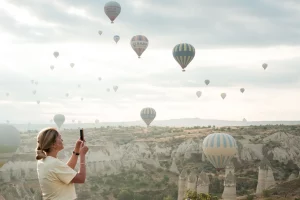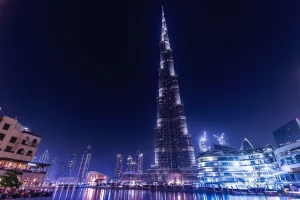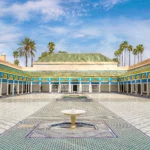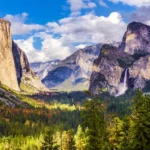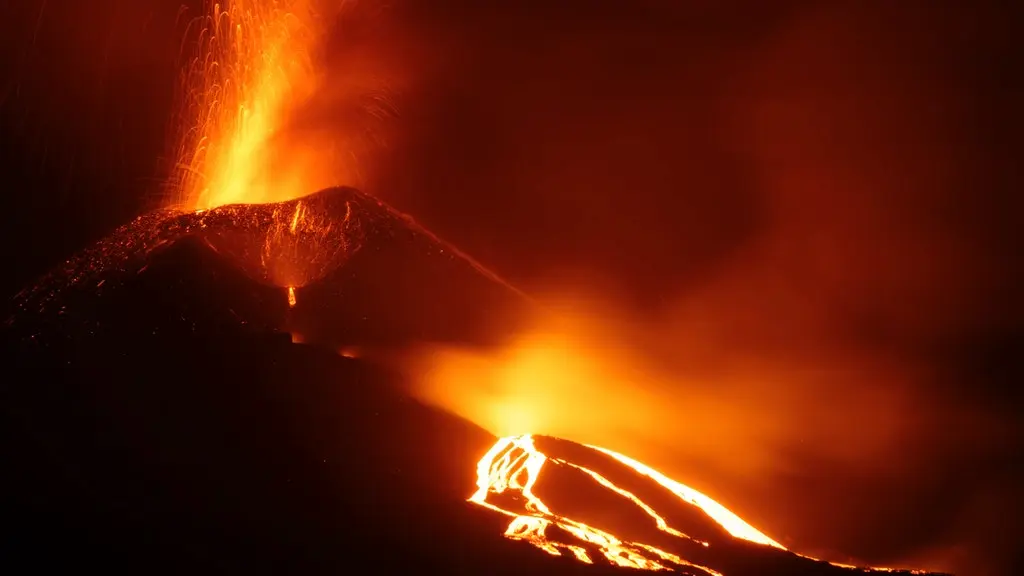
They are the ones who have designed the world as we know it, through the ages and according to their periods of sleep and wakefulness. They are still today the witnesses of the constitution of our planet, both powerful and fragile, their peaks lost in the clouds and their hearts in the bowels of the Earth. Revered by some cultures, sources of many enigmas for scientists, volcanoes always provoke fear and admiration from those who have the chance to walk on these changing landscapes.
Because yes, it is possible to hike on the flanks of these natural giants to observe the rumblings, explosions, and lava flows during volcanic eruptions up close. Here are the top 3 erupting volcanoes around the world that we hope you will hike on at least once in your life.
The Most Famous Volcano, The Piton De La Fournaise – Reunion Island
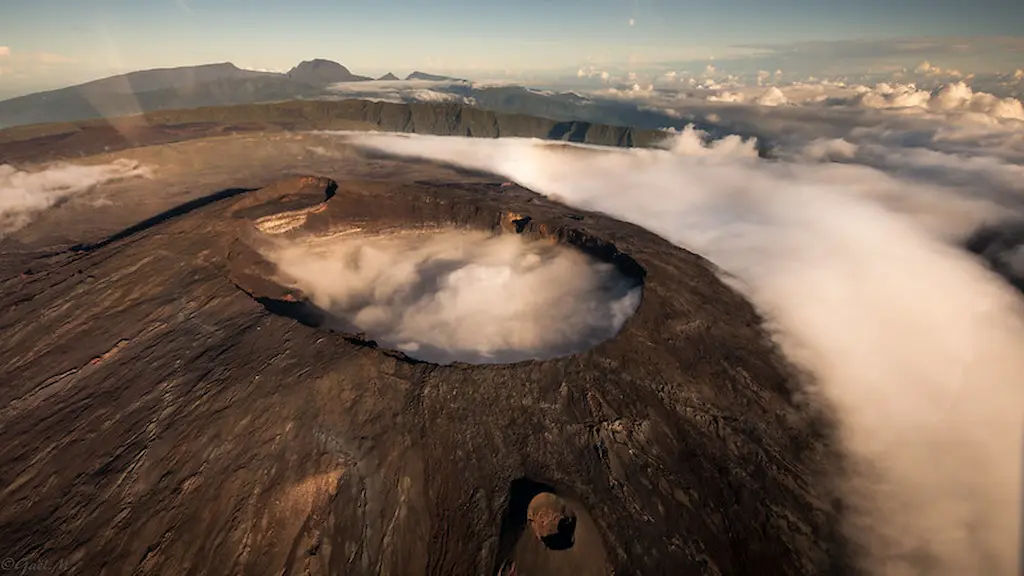
It must be said that the beautiful island of Reunion is well known for its hilly landscapes due to the two great volcanoes that make it up: the Piton des Neiges, which is inactive, and the Piton de la Fournaise, one of the most active volcanoes in the world! It is therefore not surprising that it is now the first tourist site of Reunion Island with no less than 400 000 visitors each year.
Located in the southeast of the island, the volcano culminates at 2,632 meters and offers a unique experience to all those who venture on its territory. Although very active, the site remains accessible and offers different activities, allowing the most experienced sportsmen as well as families to enjoy its majesty.
The characteristic of volcanoes is that they are constantly changing, so we recommend that you find out about the seismic and meteorological conditions at the time of your stay, as the weather changes very quickly. It is also your responsibility to find out about the condition of the trails and any restrictions or bans imposed by the prefecture, as well as the equipment recommended for your excursion.
Several routes are accessible and do not necessarily require a guide. Among the best known, the Pas de Bellecombe will allow you to observe the Dolomieu Crater in 5 hours of walking. The most enduring will be able to hike to the Grand Brûlé, located next to the Bois Blanc, and observe lava flows dating back several years. Whatever the itinerary you choose, it is essential that you do not leave the marked trail. Indeed, walking on the rock off the trail could be very risky: keep in mind that under your feet are deep lava tunnels…
Also note that most of the trails will be closed in case of a big eruption, which happens about every nine months. However, you can safely observe the lava flows from the Lava Route, for a breathtaking spectacle.
Stromboli – Sicily
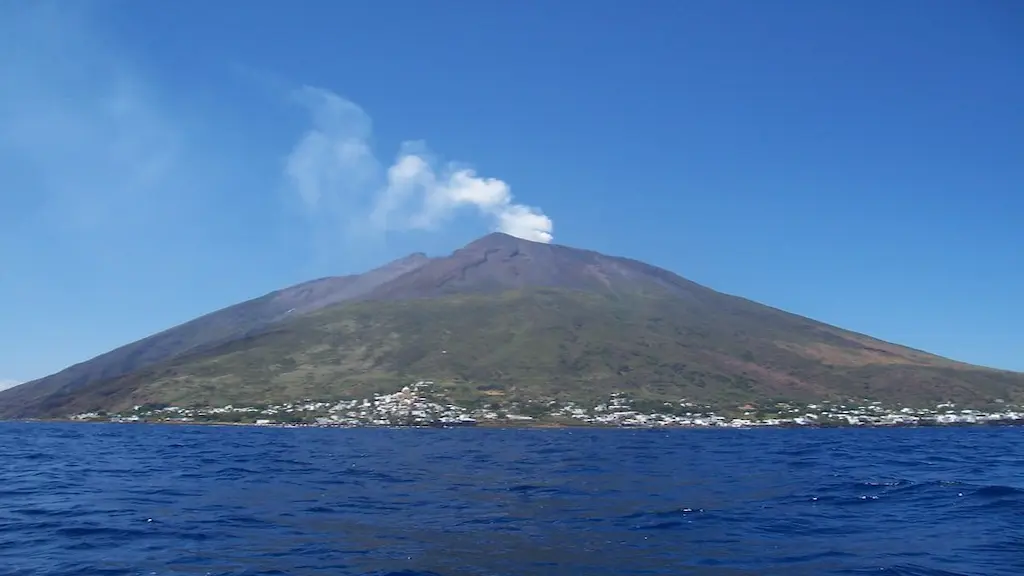
Sicily, the wild beauty of Italy with its paradisiacal beaches, its turquoise waters, and… its volcanoes! Stromboli is in permanent eruption, which promises a unique experience during its ascent. But first of all, you will have to take the boat to reach the island of Stromboli in a few hours. The shortest way is from the city of Milazzo, on the north coast of Sicily.
The second element to take into consideration is the period of your visit. If the island and its infrastructures are in full swing during the high season, from spring to fall, life comes to a virtual standstill during the winter. During this period, there are only 150 inhabitants compared to 3,000 at the beginning of the 20th century.
Therefore, you must plan your excursion and ascent of Stromboli well in advance. If you wish to hike there from May to October, it is recommended to book your boat tickets as well as your guide.
As the volcano is constantly erupting, any unaccompanied excursion is forbidden above 400 meters of altitude under penalty of a fine. Although this spot offers a magnificent view of the village, it will be of little interest to those who wish to discover the “monster” in activity. Therefore, remember to book!
This advice will also apply if you visit Stromboli in the low season. No worries about taking the boat (although bad weather can keep them at the quay), however, it will be much more difficult to find a guide to take you to the top of the volcano, as well as an accommodation for the night. In fact, due to the frequent weather changes during the winter, hiking almost completely ceases during this season. To avoid disappointment and frustration, make sure you know what to expect before you leave!
Culminating at 918 meters and pouring directly into the sea, Stromboli will delight thrill-seekers. Equipped with your helmet (mandatory!) and in strict compliance with the safety instructions given by your guide, you will walk up the volcano for nearly 5 hours during the ascent. Please note that the hike starts between 4 pm and 6 pm depending on the season to offer you the spectacle of explosions and lava projections in the night, punctuated by powerful rumblings coming from the Earth.
A powerful and breathtaking beauty, which you should not miss to immortalize. Depending on the conditions, the time spent at the summit can vary from 45 minutes to 1h30, to allow you to observe these impressive phenomena. But don’t worry, if you haven’t had enough once you’ve come down, you can always take a boat to admire the lava flows flowing into the clear waters of the Mediterranean.
Mount Nyiragongo – Democratic Republic Of The Congo
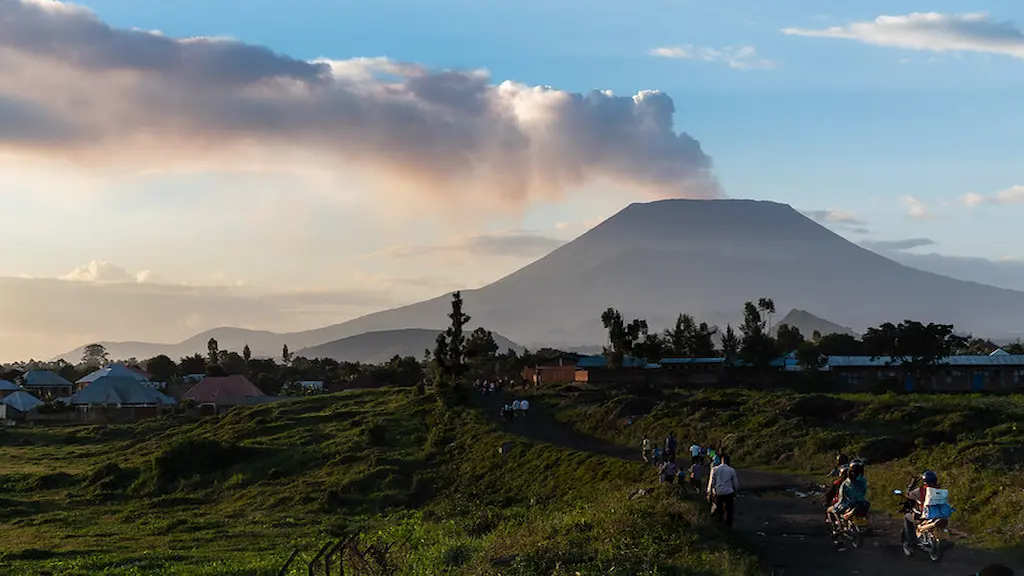
Nicknamed “General Nyiragongo” by the locals, Nyiragongo volcano is one of eight volcanoes in the Virunga area of eastern Congo, near the border with Rwanda and only 10 kilometers from the city of Goma. Because of its position, it was a witness to the atrocities committed during the civil war, which today gives a deep humility to the new generations living in the area, facing the powerful surrounding nature.
At 3,469 meters above sea level, Mount Nyiragongo reigns supreme and attracts many tourists, contributing to the economic development of the region, despite its status as the most dangerous volcano in the world. Indeed, Mount Nyiragongo is still very active. It has the specificity of not exploding at the time of the eruption, but of pouring fluid lava from the crater and through the ground. The city of Goma is located on the magma lake of the volcano, and its eruptions are always impressively fast, making it difficult to evacuate the population if necessary. We understand that Mount Nyiragongo has not stolen its reputation as a highly dangerous volcano!
If you still want to climb this giant, you will have to be accompanied by guides, but also porters because your excursion will include a night at the foot of the crater! The guides will allow you to enjoy this unique experience without getting lost in the surrounding jungle or falling into deep crevasses created by a lava flow…
It will take you about 6 hours of walking to reach the crater and to be able to finally pitch your tent. You will nevertheless be surprised by the resistance of the ground, due to the successive layers of fossilized lava. But all your interest will be held by the impressive spectacle that the crater offers.
With its 1.2 kilometers of diameter, you will have all the pleasure to observe the lake of magma in fusion 700 meters lower! Your evening will be punctuated by the emanations of gas and rumblings of the volcano, but also by the soft heat coming up from the ground which will ensure you a good night! Although it is located in the Congo, it can be very cold at the top of the volcano: don’t forget to wear the proper equipment!
At nightfall, you will be able to observe the fusion of the lava as well as the whole valley illuminated below. The next day, during the descent, you will take time to admire the surrounding nature, witness former eruptions but always manage to rise from its ashes.
Also Read: When and How ToDo the Holi festival 2022 in India?


